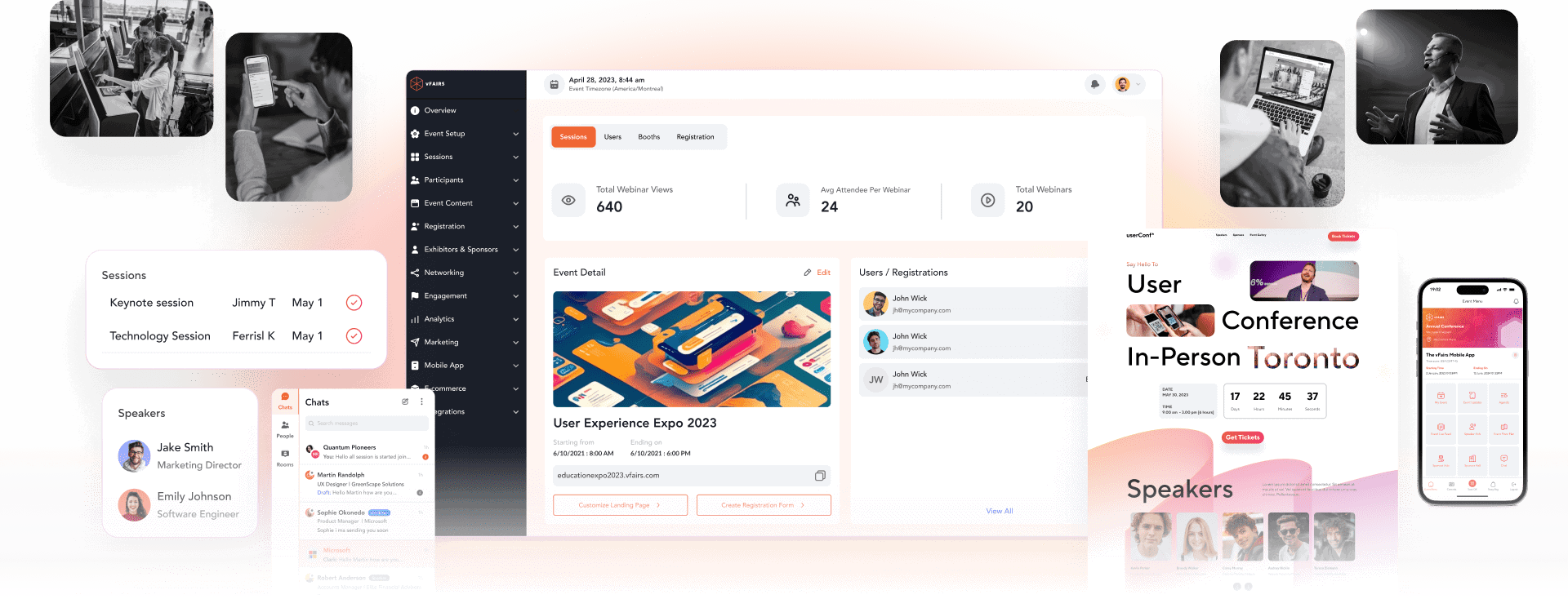

From event registration to analytics & from a stunning virtual platform to onsite solutions, vFairs has got you covered.
With vFairs, event organizers, planners & marketers have all the tools & solutions to successfully achieve any business or org objective.
Manage your event planning & marketing from a single platform.
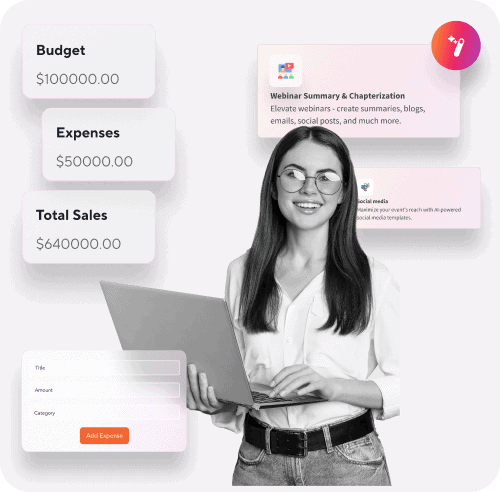
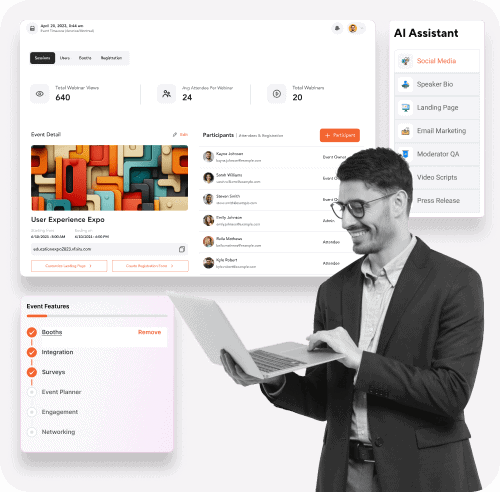
IN-PERSON EVENTS
ONLINE EVENTS
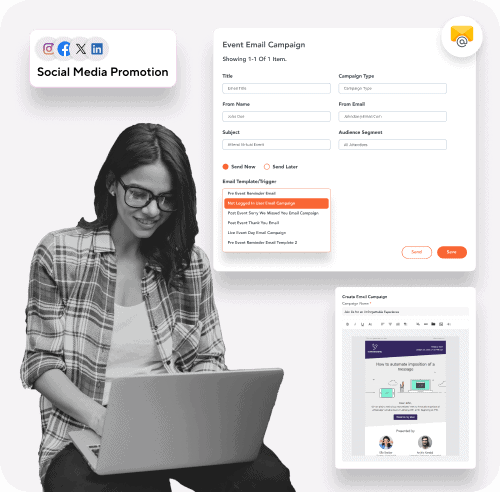
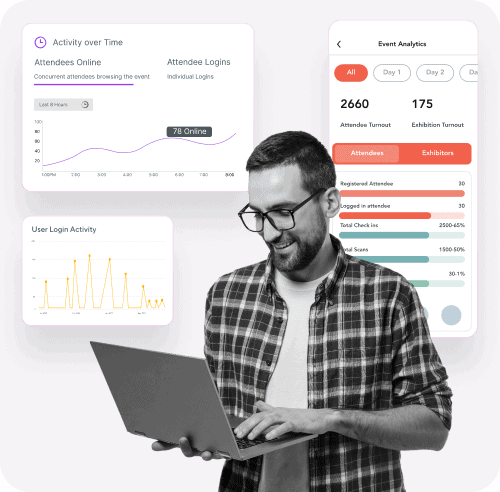
Our event management solution can be fully customized to meet the needs of multiple sectors, organization types, and event objectives.

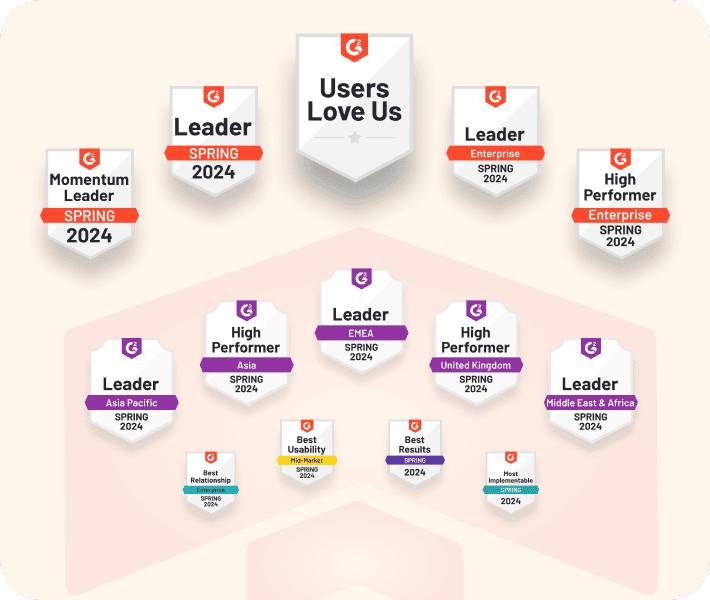
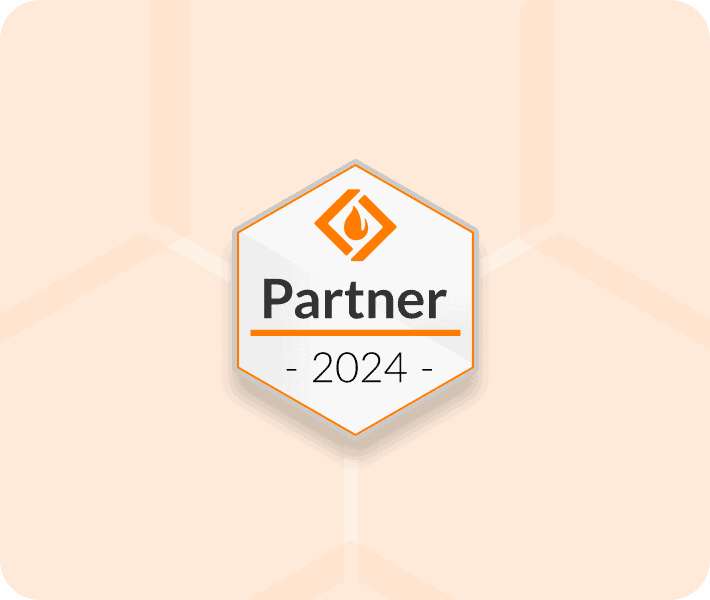
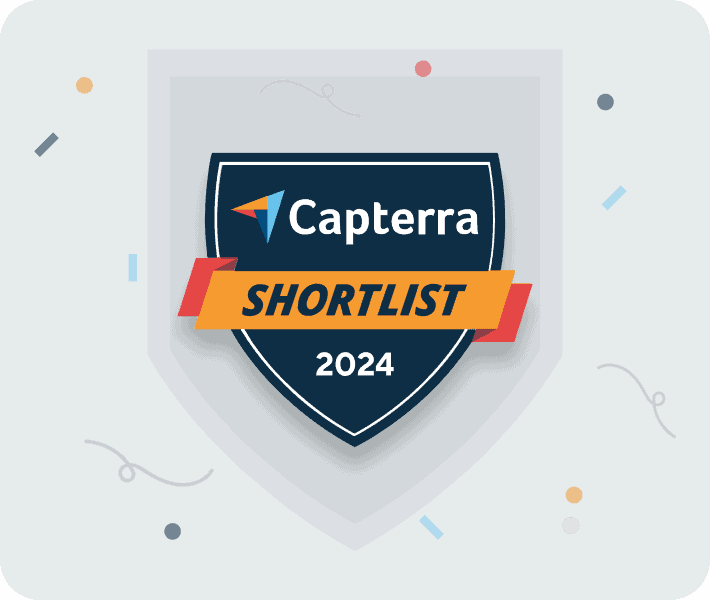
Join the thousands of organizations worldwide using vFairs. Create epic event experiences for your audiences of all sizes, whether it's 50, 500 or 10,000+
